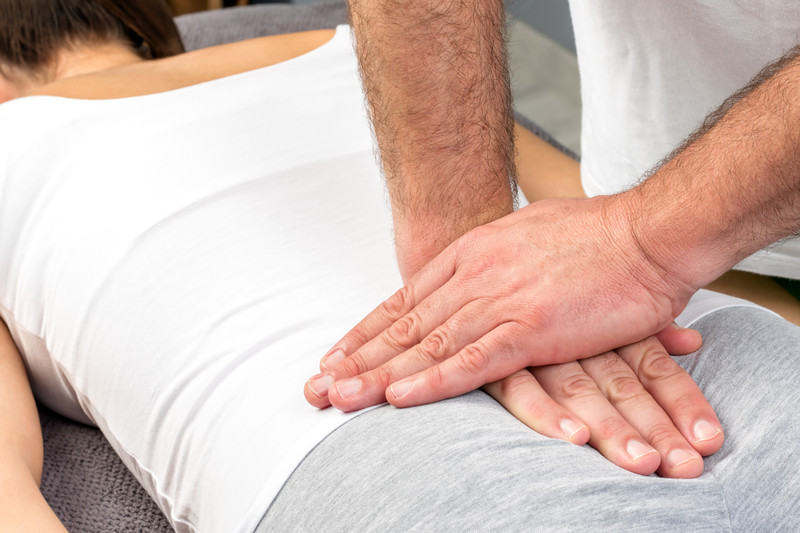24 Oct How to Relieve Tailbone Pain When Sitting Down and Getting Up
 Even though a small bone, the tailbone performs a number of important functions in the body, including providing support when sitting down. Medically known as the coccyx, any injury in this region can easily result in tailbone pain when sitting down and getting up.
Even though a small bone, the tailbone performs a number of important functions in the body, including providing support when sitting down. Medically known as the coccyx, any injury in this region can easily result in tailbone pain when sitting down and getting up.
Tailbone pain occurs at the very bottom of the spine and just above the buttocks. The pain can range in severity from mild to intense and may only get worse, sitting down, standing up or even leaning. Some reasons for this discomfort can include the following:
- Hypermobility
Too much movement of the coccyx can put added stress on joints and muscles in the region. Too much pelvic mobility can pull the muscles in the area and trigger tailbone and pelvic pain.
- Limited mobility
Another cause of coccyx pain can be limited or restricted mobility. In this case, the coccyx causes the tailbone to just outward when in a seated position. This triggers an application of increased pressure on the bones causing discomfort. In addition, a limited movement may also cause pelvic floor muscles to become tense, intensifying the pain.
- Joint damage
Likewise, repetitive movements or general age-related wear and tear can cause discomfort in the area. In rare cases, the joint may become dislocated at the front or back causing coccyx pain.
- Pregnancy
During the last trimester of pregnancy, women may experience tailbone pain as the ligaments connected to and around the coccyx loosen naturally to make room for the baby.
- Being overweight
Overweight people are also more likely to suffer from pain in this region. This happens as the tailbone is under consistent pressure to support additional weight whenever the individual sits down.
- Infection or tumor
In rare cases, the case of coccyx pain may be an infection or tumor.
Treatment for tailbone pain relief
In many cases, the pain goes away on its own within a few weeks or months. However, the process can be expedited by following some or all of the therapies given below:
- Physical therapy
If the pain becomes severe, sufferers can do pelvic floor relaxation techniques.
- Activity modification
Changes to everyday activities may prove beneficial in relieving the associated pain. Some ideas can include using a standing desk to avoid prolonged sitting, or using a pillow when sitting to relieve pressure off the tailbone. You can also try adjusting posture while sitting to take some pressure off the concerned bone.
- Dietary changes
Occasionally the pain may be caused or worsened by bowel movements or constipation. In these instances, try relieving the pain by making some dietary changes.
These changes can include increasing fiber intake in the diet as well as drinking more water. Both actions can help soften stool, facilitate bowel movement and relieve some of the associated pain.
- Heat or cold application
Apply an ice pack or a heating pack to the painful area. If the pain is due to injury, a cold pack application can help relieve the discomfort of inflammation.
Or, if the pain is traced to muscle tension in the area, applying a heating pad can dissipate the tension and provide relief.




Sorry, the comment form is closed at this time.